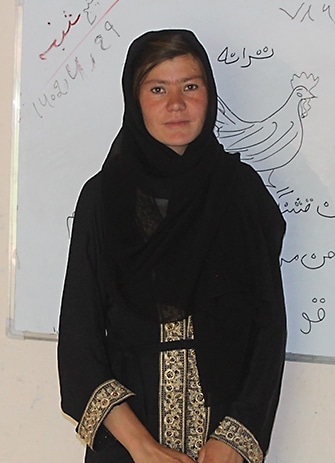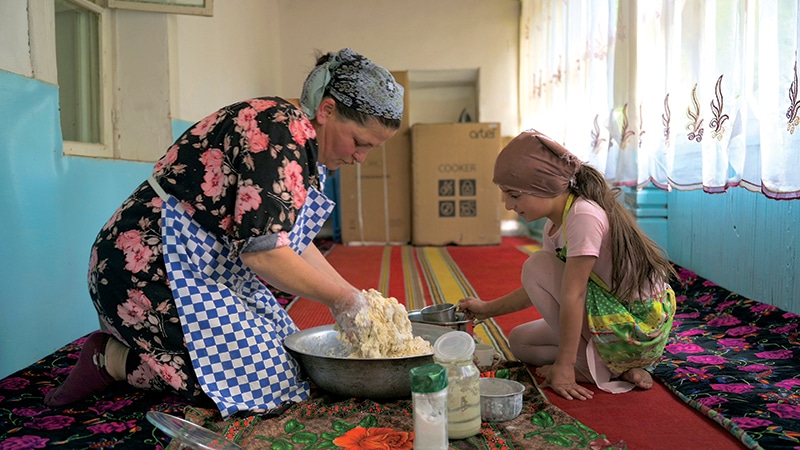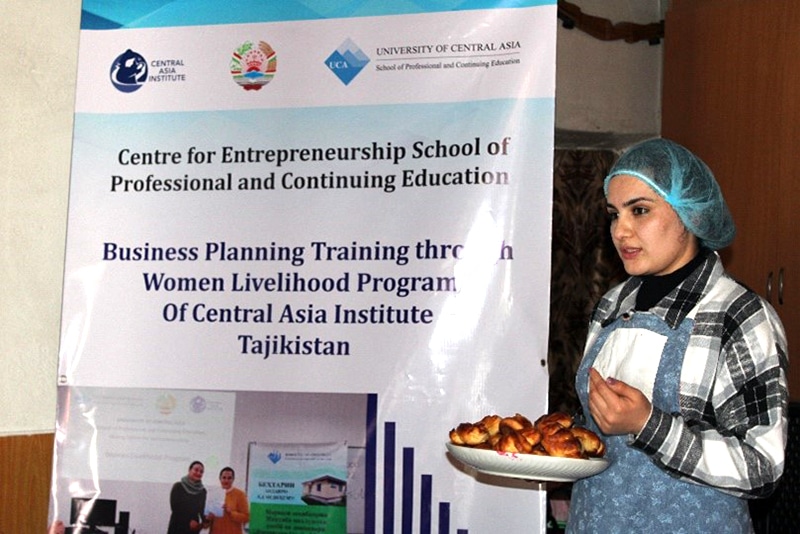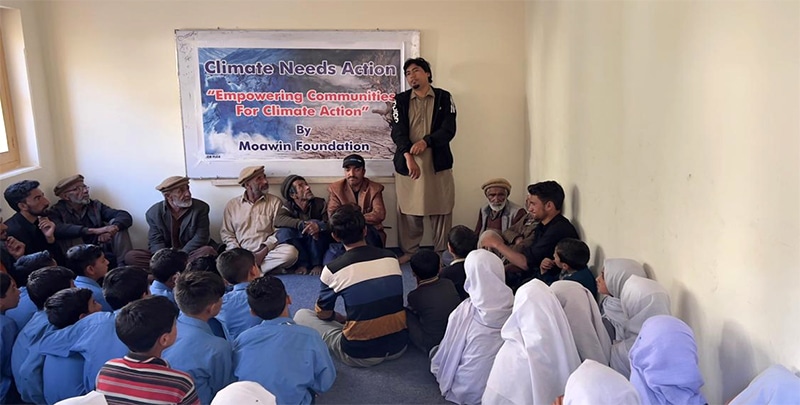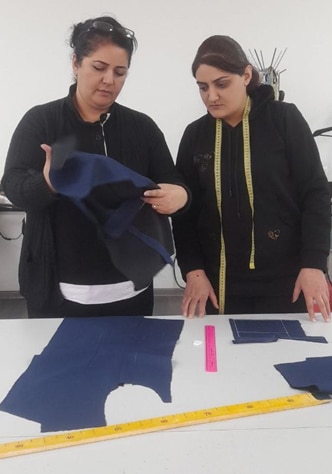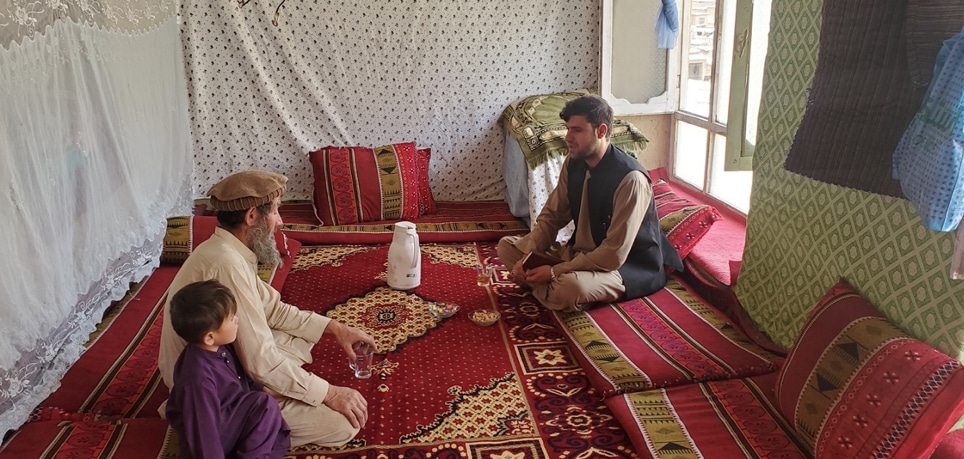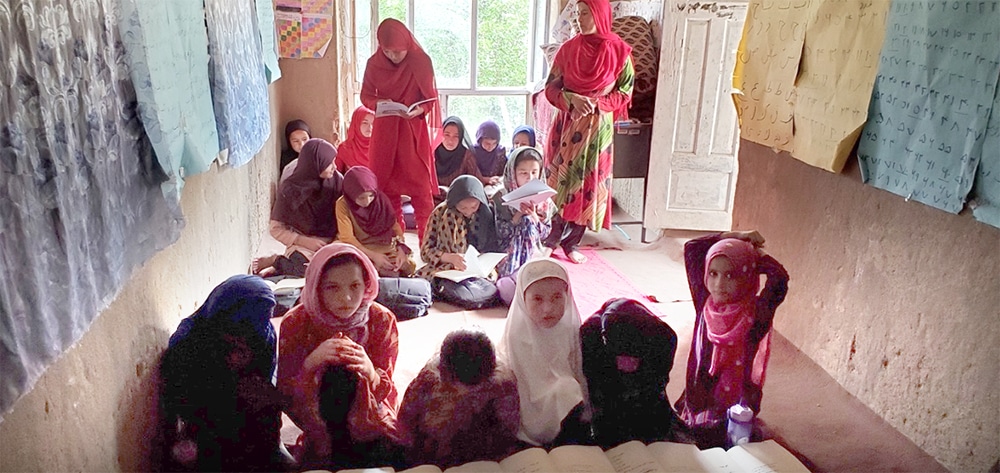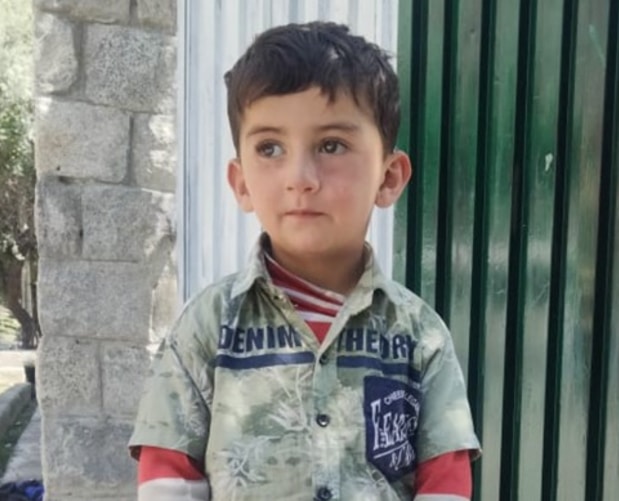The countries of Central and South Asia face enormous challenges. While there are notable differences between Pakistan, Afghanistan, and Tajikistan, the countries where Central Asia Institute works, all suffer from high rates of poverty, unemployment (especially among youth), illness, disease, insecurity, and conflict. Add to these woes the worsening impact of climate change, as evident in more frequent and severe flooding, prolonged drought, growing food insecurity, and the spread of disease.
These countries also rank near the bottom of the World Economic Forum’s Global Gender Gap Index, which ranks 146 countries’ progress towards gender equality as measured across four key dimensions — economic participation and opportunity, educational attainment, health and survival, and political empowerment.i
With so many complex challenges, you might think that gender inequality must take its place in a long line of issues.
In rich and poor countries alike, however, the fight for women’s rights has far broader and deeper implications. It is a struggle that affects not just women all over the world (half the planet’s population), but all people. That is because closing the gender gap is critical to global development. For countries and their populations to thrive, more women need access to education, work, healthcare, and political representation. As the International Monetary Fund (IMF) explains, “Greater gender equality boosts economic growth and leads to better development outcomes. It contributes to reducing income inequality and boosting economic diversification and, in turn, supports economic resilience.”ii
The Girl Factor
That’s where the girl factor comes in. CAI’s theory of change has long been, “Educate a girl. Change the world.” It’s not just a catchy phrase. There is hard evidence behind these six words; evidence that the solutions to the greatest issues we face as humans require an educated female populace; evidence that has only continued to mount in the 28 years since CAI got its start in 1996.
CAI’s educational mission benefits males and females alike, and in the past two decades, countless girls, boys, women, and men living in marginalized, underserved communities have benefited from our programs. Yet in delivering education and jobs skills to these areas, our goal is not just to advance education for all. We also seek to capitalize on the transformative power of girls’ education
— a superpower that many countries (including the ones we serve) have yet to unleash, and without which they cannot overcome broader socio-economic problems.
Afghanistan and Pakistan have some of the highest per capita rates of out of school children in the world. In both countries, girls make up the majority of out of school children, especially in rural areas and at the secondary (high school) level. In Afghanistan, as of 2023, 80% of school-aged girls and young women (2.5 million females) were out of school.iii Of the estimated 22.8 million children who are out of school in Pakistan — the country with the second highest number of out of school children in the world — more than half are girls.iv While female enrollment is far better
in Tajikistan, dropout rates among girls are significantly
higher than boys, with 40% dropping out by 10th grade.v
In addition to unequal access to education, women in the regions we serve also lag significantly behind men in terms of workforce participation. In Pakistan, for example, only 25% of women work, far below countries with similar income levels. In Afghanistan, the Taliban’s ban on women’s rights to education and work has drastically reduced the already small percentage of employed women. At a time when Afghans are already suffering from soaring poverty and startling levels of food insecurity, the inability of women to contribute to their families’ income is worsening the suffering of all Afghans.
The potential of an educated girl is significant in so many other ways. Girls who receive an education are less likely to marry young and more likely to have healthier, more spread-out births.vi As mothers, educated girls have healthier families. There is even a growing body of evidence that one of the most effective strategies for combatting climate change is to educate girls.vii
CAI works to advance education for both girls and boys. Yet our emphasis on educating girls is not only to level the playing field between males and females in terms of literacy, employment, personal freedom, and opportunity. It is also to unlock the transformational power of an educated girl to bring about a better world for all.
